Summary for July 2024
Hekki Alpha
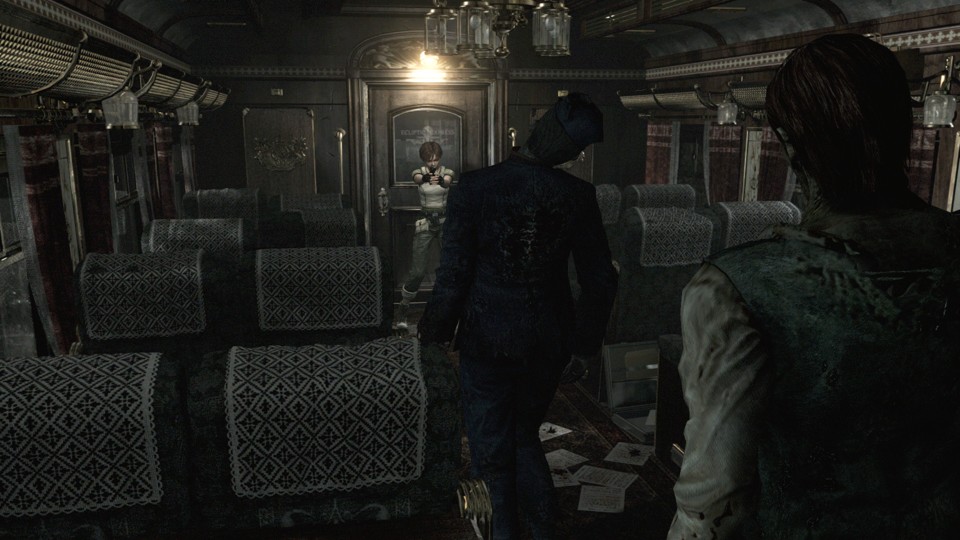
It’s easy to see why the Resident Evil formula has survived to this day (hello, Signalis). It works! Even if the game, like Resident Evil 0, isn’t particularly inspiring and mostly repeats things we’ve already done with just a handful of innovations, it’s still enjoyable.
Anopek is a small metroidvania shooter. Nothing special, just nice.
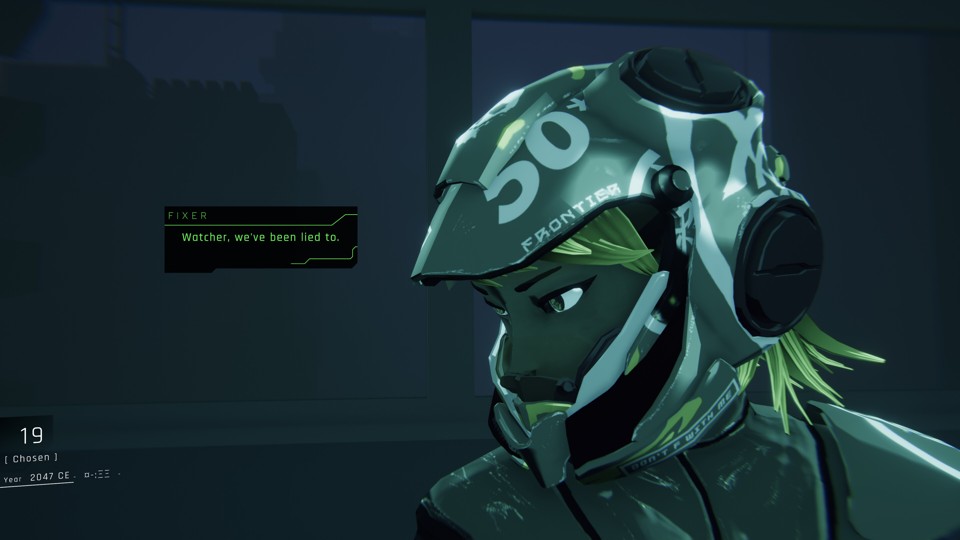
1000xRESIST is inspired by recent history, often directly: expect a global pandemic, immigrant life, high school shenanigans, and other things I won’t spoil. And it’s very cool to see underrepresented people both on and behind the screen, so to speak. But ultimately it is a sci-fi story, and a good one. Maybe slightly garish visuals. A bit. :)
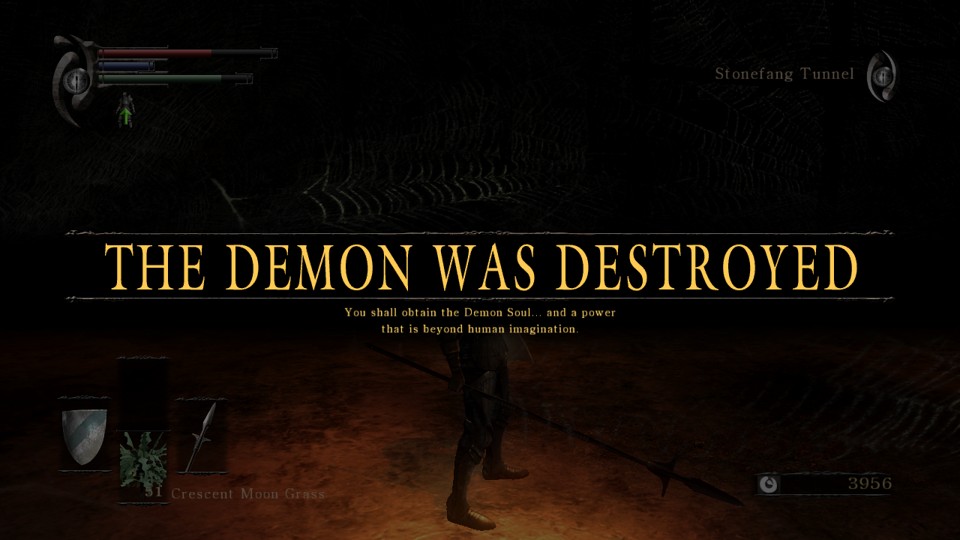
It’s hard to talk about Demon’s Souls, or any soulslike game for that matter, without, you know, talking about it. I won’t go into too much detail, but let’s do it.
I think the discussion about difficulty in games should instead be about accessibility. And in this case I mean accessibility in the broadest sense. I believe that games can and should be accessible to many more people than they are now. And the fact that we often talk about “easy mode” instead is very annoying.
It’s especially annoying because these games, at least the FromSoftware games that I’ve played – played Dark Souls 1; finished 2 and 3, and now finished Demon’s Souls – actually give you a lot of tools to lower or raise the difficulty (if you can play them at all, that is), and they do it well.
And of course it is even more annoying that we have to have this discussion instead of having one about the games themselves. Because they are pretty good, you know! Even if they just threw out the whole combat system that gives way to this annoying and misdirected discussion, there would still be a lot to like. The world, the exploration, the story, the atmosphere, the feeling of progress. Even muddy and dark in the way games were at the time, but still beautiful visuals. Good, good I tell ya!
Wendell & Wild is funny, macabre, and progressive. Not perfect (the deadnaming bit comes to mind), but still pretty enjoyable.
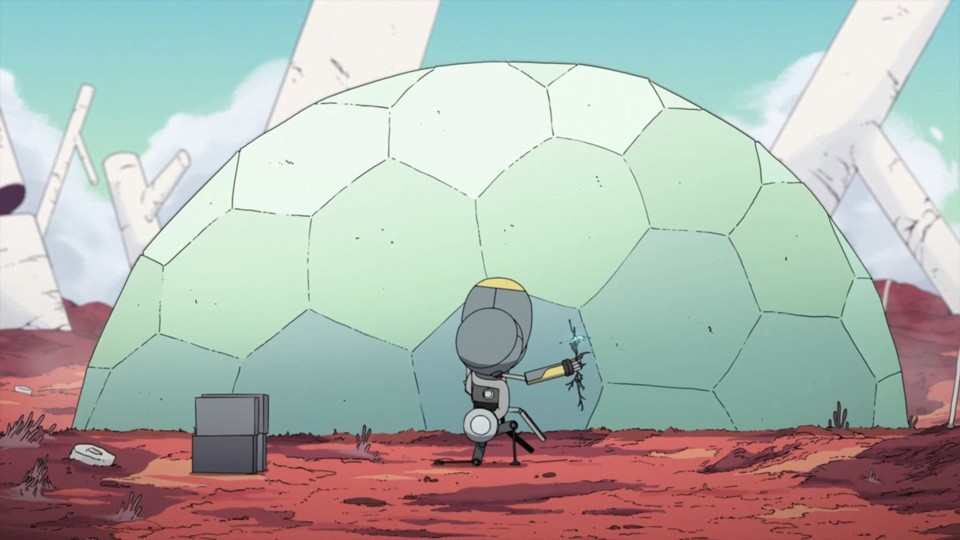
There is almost a whole genre of speculative evolution, of which After Man is probably the most famous. Scavengers Reign took that – mushed a bit with art by Mœbius, – as the setting for a story about people stranded on an alien planet. People from Nostromo, not Enterprise. And it’s also, like Alien, a kind of horror. I was a little disappointed that the story was not bad, but, for lack of a better word, pretty classic for such an innovative setting. But it’s very beautiful to look at, in that unsettling kind of way.
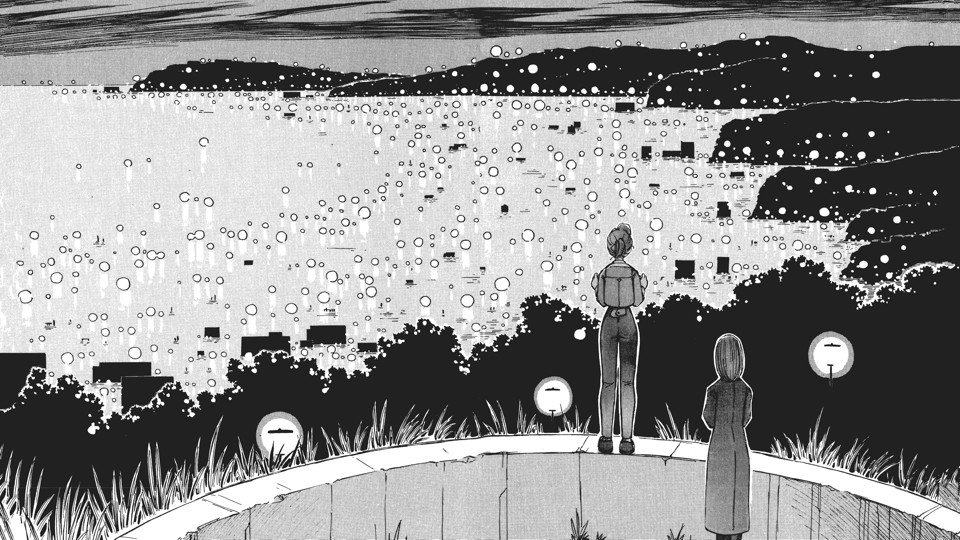
There are two ways to look at Yokohama Kaidashi Kikō (I mentioned it before). On the one hand, it’s a gentle look at the death of the world. Post-apocalyptic doesn’t have to be violent, cruel, or even unpleasant. We will all die, our cities, our world. So why can’t it be peaceful and beautiful?
You can get the most out of it by watching just 4 short episodes of an animation. The books expand on this and introduce more characters and their stories.
On the other hand, somehow optimistically, it can be seen as a transformation that our world can take – be forced to take – and still be fine. People, even if some of them are robots, will still be doing people things. There would be communities, celebrations, daily work. And maybe it’s better that way.